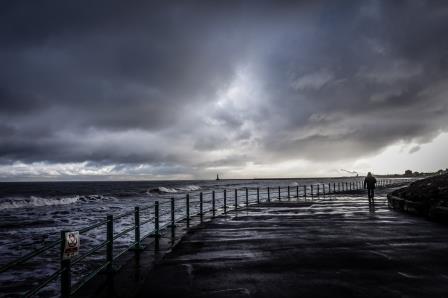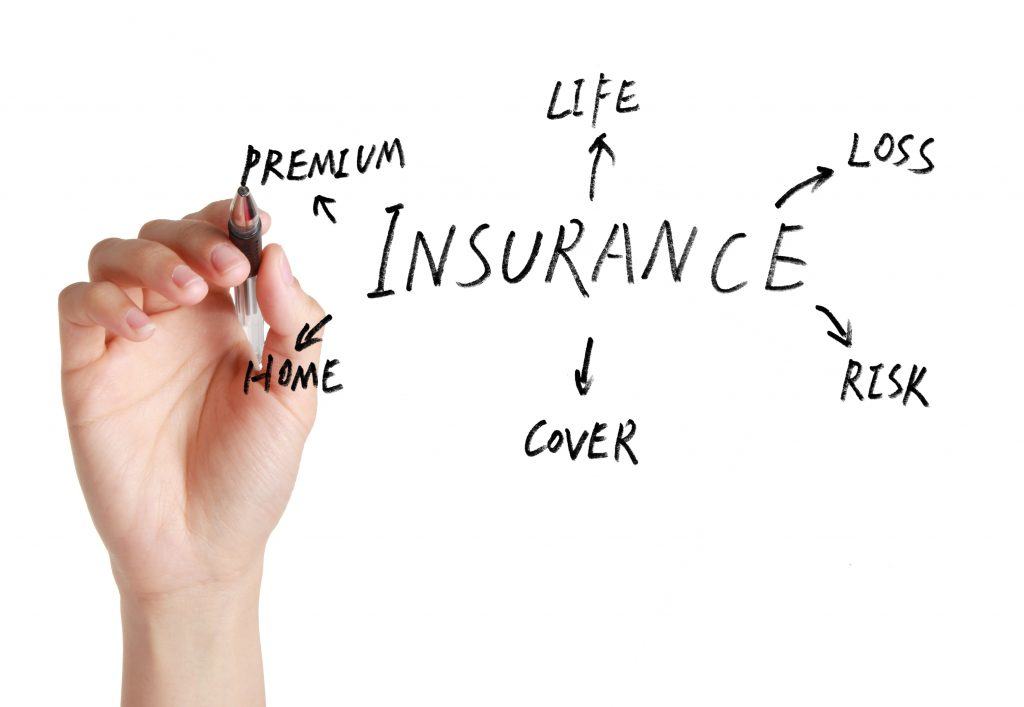
Stay safe from storms this winter
After what has been a relatively mild period in the run up to Christmas, Storm Barbara is due to hit the shores of the UK over the coming days. This article looks at what you can do to protect you, your family, your home and your business when the storms hit.
Gale-force winds are the most common cause of damage to property in the United Kingdom. Although the majority of damage reports come from domestic dwellings, businesses also need to be aware of the risks in order to keep employees safe and minimise damage to buildings and content. Storms with high winds can produce devastating consequences, bringing about £300 million in damages throughout the United Kingdom each year.
Met Office Wind Warnings
The United Kingdom’s National Weather Service, the Met Office, provides up-to-date weather advisories and warns the public of severe or hazardous weather through its National Severe Weather Warning Service. Warnings are given a colour (Green, Yellow, Amber or Red) based on the combination of both the likelihood of the severe weather event occurring and the impact the weather conditions may have. Make sure you check your local weather forecast to find out whether the Met Office has released any warnings for your area. You can also find the latest warnings at www.metoffice.gov.uk.
The Met Office provides the following examples of what to expect during severe gales and high winds:
| Very Low Threat (Green) |
|
| Low Threat (Yellow) |
|
| Medium Threat (Amber) |
|
| High Threat (Red) |
|
If the Met Office issues a warning for severe gales and high winds in your location, make sure you are prepared. Use the following tips and hints to help ensure your safety if high winds are prevalent.
Before the Storm
- Make plans to secure your property. Secure or bring in any loose objects, such as ladders, waste bins, equipment or anything else that could be blown away or into windows and glass.
- Securely fasten and close all doors, windows and entrances.
- Park all vehicles in a garage, if available. If not, keep them clear of buildings, trees, walls and fences.
- Learn the elevation level of your property and whether the land is flood-prone. This will help you know how your property will be affected if a storm surge or tidal flooding is forecasted.
- Be sure trees and shrubs around your property are well-trimmed so they are more wind resistant.
- If in a high-rise building, be prepared to take shelter on or below the 10th floor.
- Install a generator for emergencies.
- Consider building a safe room.
During the Storm
- Stay indoors as much as possible.
- Listen to the radio or TV for information.
- Turn off utilities if instructed to do so.
- Stay away from windows and glass doors.
- Take refuge in a small interior room, closet or hallway on the lowest level. Open internal doors only as needed and close them behind you.
- Do not use a lift.
- Do not go outside to repair damage while it is storming.
- Do not drive unless necessary. If you must drive, take care when driving on exposed routes, such as bridges. Slow down and be aware of side winds.
After the Storm
- Stay alert for extended rainfall or flooding.
- Do not touch any electrical or telephone cables that were blown down or are still hanging.
- Stay away from walls, buildings and trees that look like they may have been weakened.
- Walk carefully around any property and check for loose power lines, gas leaks and structural damage before entering.
- Inspect your property for damage. Take pictures of the damage, both of the building and its contents, for insurance purposes.
- Wear protective clothing and be cautious when cleaning up or making repairs.
- Make sure everyone around you is safe.
- Never use a generator inside enclosed spaces, sheds or similar areas, even when using fans or opening doors and windows for ventilation. Deadly levels of carbon monoxide can quickly build up in these areas and can linger for hours, even after the generator has shut off.
Stay safe when severe weather strikes by being prepared and checking weather forecasts and warnings.
For further advice on all types of insurance cover and protecting your home & business, NC Stirling can be contacted on 0141 332 9898.






